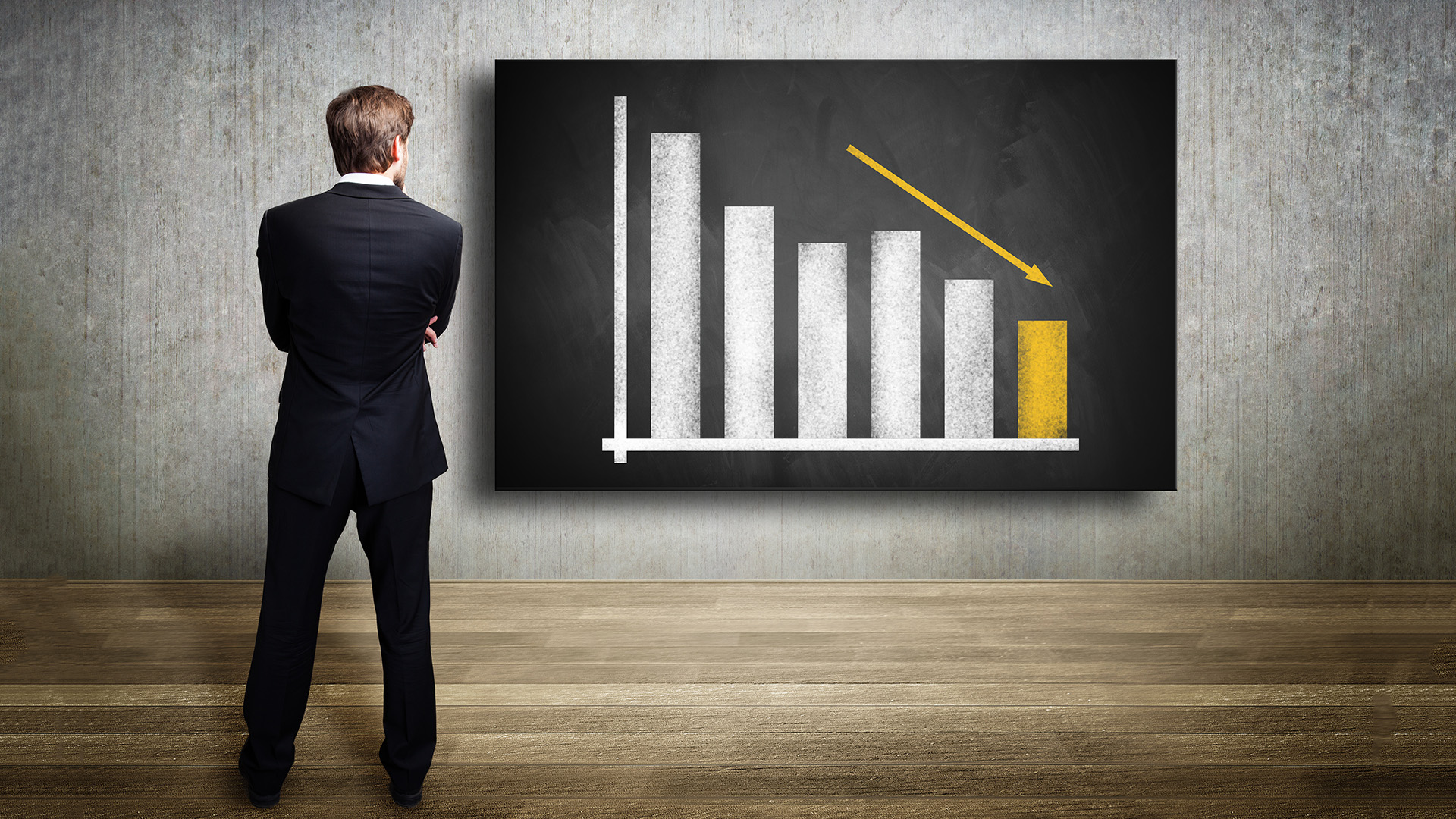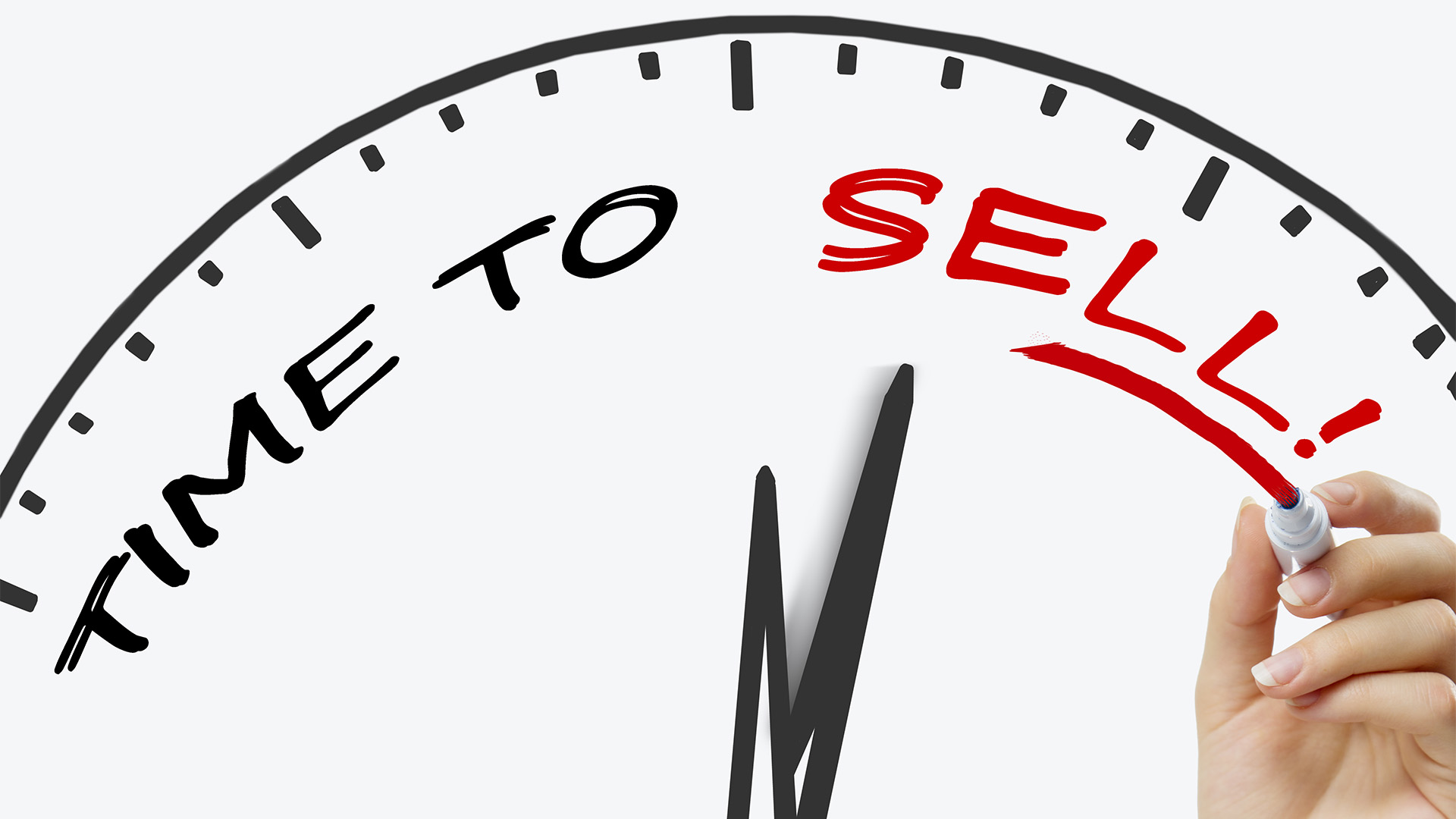A mixed month for the Chinese economy and therefore for Australia.
Consumer and producer inflation and house prices up, industrial production and urban fixed investment down.
Steel output up, iron ore imports still solid, but a sign that the enormous growth spurt is ending.
No sign of the wheels falling off the economy, but there are a couple of areas of pressure emerging in production and inflation, especially producer price growth.
A couple of days ago, a story ran on the Xinhua website warning of a possible rise in the annual consumer price inflation rate in China in April.

That was spot on. 2.8% was the tip and 2.8% was the figure, up 0.4% from March and above the 2.7% yearly rate in February. It was the highest rate for 18 months.
As the Xinhua story suggested, food costs jumped in April,
Food prices account for around a third of China’s consumer price index and were the main driver of higher inflation in April, rising 5.9% a year earlier while non-food prices were up 1.3%.
More worrying was the 0.9% rise in the producer price index to 6.8% from 5.9% in March.
And there are strong signs this rise in inflation will carry on into the third and fourth quarters of the year, and not peak in the next couple of months as previously expected by the Chinese Government.
That’s the one that’s got a lot of western analysts concerned.
Could China now start exporting product price inflation to the west?
China earlier revealed a trade surplus of $US1.68 billion for April, down 87% on a year ago, but up from the $US7.2 billion trade deficit in March.
Chinese exports in April totalled $US119.92 billion up 30.5% from a year ago and imports rose 49.7% to $US118.24 billion.
Taking the first four months together, China’s imports and exports were $US855.99 billion, up almost 43% from the first four months of 2009.
Exports accelerated in April from March when they rose 24.3% (down from 31% in January and February).
The rate of growth in imports in April slowed markedly from the 66% jump in March.
China’s imports of iron ore fell 6% in April to 55.33 million tonnes, from 59.01 million tonnes in March.
Crude steel production rose to 55.4 million tonnes from 54.97 million tonnes in March.
Industrial production however eased to be 17.8% higher than a year ago, and down on the 18.1% annual rate in March.
The rate of growth for the first four months of 19.1% was down on the 19.6% growth rate for the first quarter, so a slowing in output is starting to emerge.
Net steel exports (which had been net imports in April 2009) were 2.81 million tonnes in April, up 65% from March and the highest monthly volume since October 2008.
China’s imports of copper fell to 436,345 tonnes in April from March’s 456,240 tonnes.
Chinese property prices in 70 cities rose 12.8% in April from the same month in 2009, up from the 11.7% rate in the year to March and 10.7 in February.

That’s hot, but not as hot as Australia where the rise in the 8 major capital cities was 20.1% in the year to March, according to the Australian Bureau of Statistics.
It was the 11th consecutive month of year-on-year rises after seven months of declines in late 2008 and early 2009.
Real estate investment in the first four months of the year rose 36.2% compared with the same period last year, up from the 35.1% rate in the March quarter.
New loans issued by Chinese banks hit 774 billion Yuan ($US113.4 billion) in April after falling to 510.7 billion Yuan in March.
Chinese regulators have introduced a series of measures in recent weeks to rein in property prices.
These include the tightening of restrictions nationwide on advance sales of new property developments, the introduction of new curbs on loans for third home purchases and the raising of minimum down-payments for second homes.













